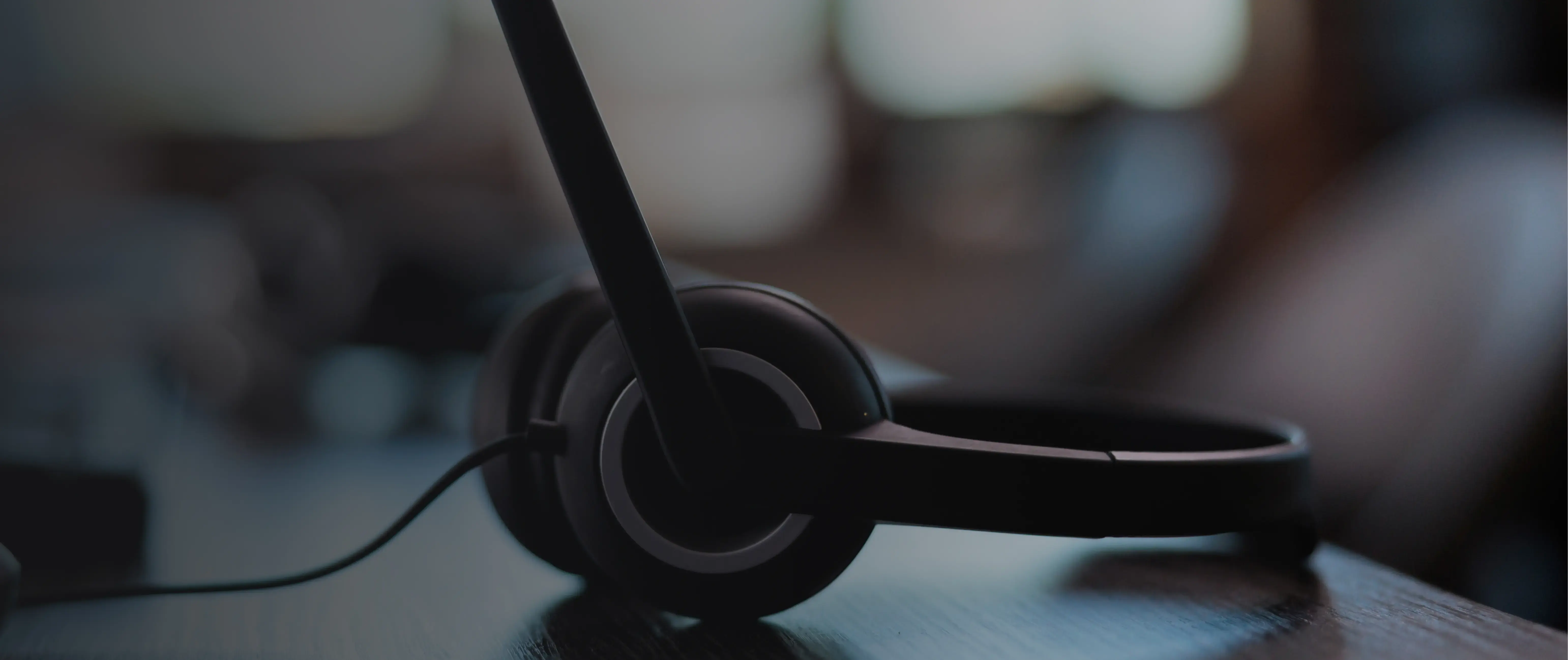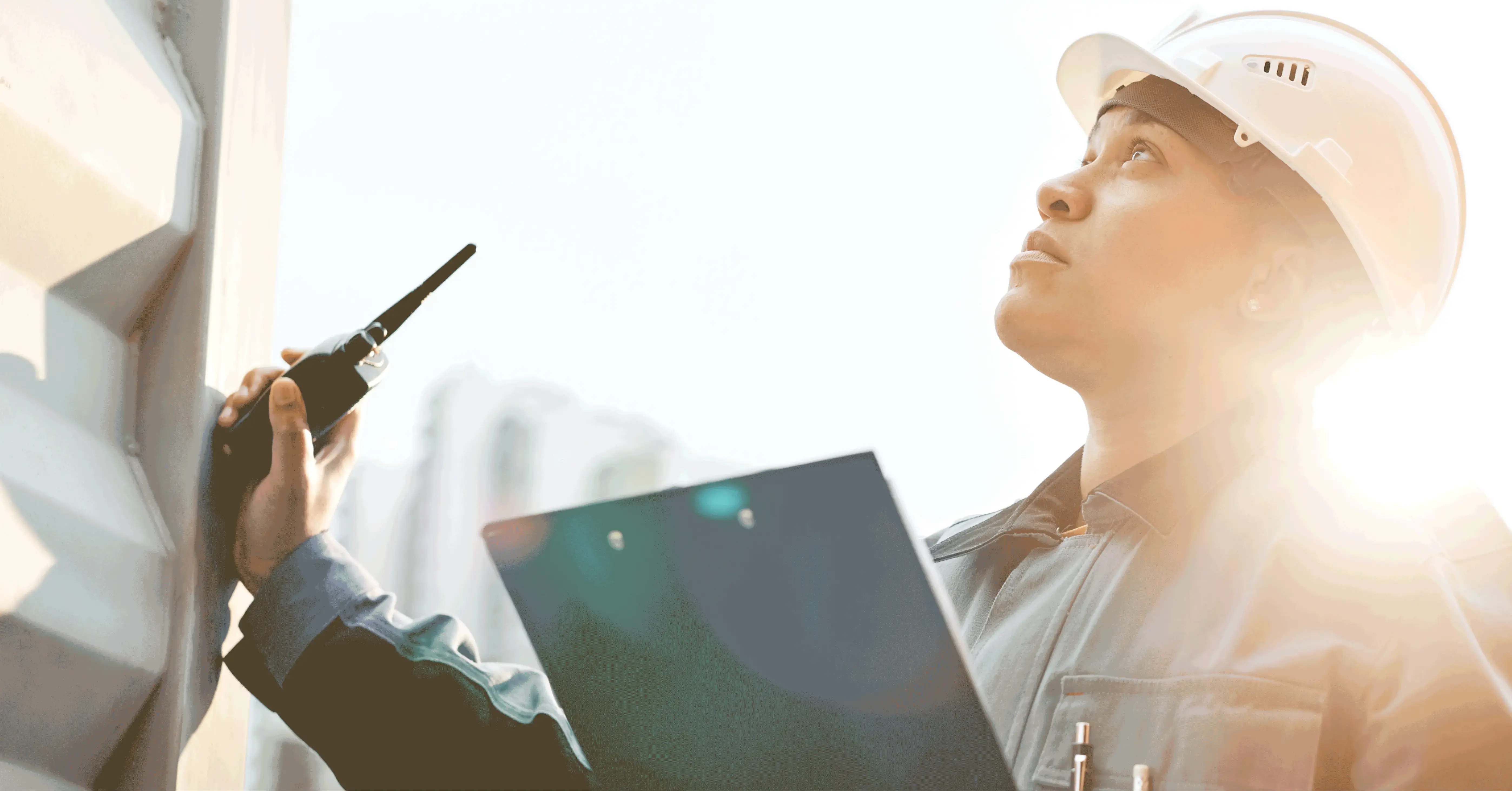The availability of today’s smart solutions presents a plethora of opportunities for everyone involved in or affected by the healthcare industry – professionals, patients, care providers, carers, care receivers, and even the family members and loved ones of patients and other service users. While care solutions and devices relying on analogue platforms are still functioning, the trends all point to a shift to already available smart systems and next-generation telecare solutions.
What’s even more important to be aware of is the total analogue switch-off in the United Kingdom which is due in 2025. While we’re still a few years away from the deadline, support and servicing for analogue solutions is already diminishing as the TSA (the industry and the advisory body for TEC) is advocating both providers and customers to move away from analogue platforms.
What exactly is smart healthcare?
Originally conceptualised from “Smart Planet” by IBM in 2009, smart healthcare, or smart care, is generally described by Science Direct as “a health service system that uses technology such as wearable devices, internet of things (IoT), and mobile internet to dynamically access information, connect people, materials, and institutions related to healthcare, and then actively manages and responds to medical ecosystem needs in an intelligent manner.”
In today’s landscape, the concept of smart healthcare is constantly evolving and developing, making use of what’s currently available to further advance its objective of using technological innovations to provide healthcare. For example, artificial intelligence (AI) is now playing an integral role in the future of elderly care, and healthcare in general.
One of the trends being observed as a key factor in the future of healthcare and telecare is the use of data, and so is the need for open systems. As we move away from analogue and digital to smart systems, the importance of organised, secure, and complete capture of patient data becomes more apparent – this is also partially because smart solutions often operate in a synergistic manner, and the open exchange of data is typically a requirement of such functions.
Making the switch to smart solutions
With the advantages smart healthcare solutions present, most if not all stakeholders in healthcare are incentivised to invest in them. Following are some important factors to consider in moving away from outdated solutions to smart systems:
Cost-effectiveness of smart and cloud based solutions – generally speaking, moving from analogue to digital solutions alone won’t lead to any significant cost savings. In elderly care for example, cost savings are mostly observed in the implementation of smart solutions. In fact, the Community Research and Development Information Service
(CORDIS) in Europe has featured a cloud based platform project that sees a reduction in energy usage in smart buildings. This concept very well extends to healthcare, as cloud based platforms are now being utilised to implement next generation solutions while also providing extremely flexible options to solutions providers. In another example, the implementation of smart sensors for incontinence pads saw gross annual cost savings of up to 222K NOK per year per patient, for an entry fee of only 14K NOK.
Interoperability of smart devices- – when integrated in a unified system through a cloud-based platform, smart devices can often be configured to work hand-in-hand with other devices in the system. This also turns otherwise tedious processes, such as alarm handling, into seamless and easily executable tasks that can be carried out by anyone with access to the system.
Highly-personalised systems and solutions – “personalised care” is described by the NHS England as giving the people choice and control over how their care is planned and delivered. With the advent of AI-powered devices and solutions, creating a highlypersonalised experience for patients and care receivers is very much possible. These systems can study and learn the behaviour of the
users, and can detect deviations that are potentially signs of a disease, allowing healthcare professionals to address the situation accordingly before a possible development into an emergency. Nursing and care homes can also be built and further developed according to the specific needs of the care receivers.
Rapid projected growth of smart devices in the care industry – while the majority of care providers in Europe today are still reliant on analogue platforms, the adoption of digital and smart solutions in the coming years is projected to rise rapidly. In 2023, the compound annual growth rate of next generation solutions is projected to outpace traditional telecare solutions.
Applications of smart care solutions today
To provide a clearer view of the potential of today’s smart solutions, following are a few examples of these innovations in the context of elderly care and assisted living:
Smart, multi-functional voice assistants – care providers or care receivers can choose smart voice assistants that can be used to control their devices at home for a more independent living experience.
Smart cameras – a selection of cameras allowing care providers, as well as loved ones to conduct “virtual” visits, eliminating unnecessary bothering visits of the patients during the night. Moreover, the cameras provide the users with a high degree of control over their security and privacy, as they can be configured to only face the patients or care receivers during the scheduled virtual checks.
Medication management solutions – today, medication dispensers and robots already exist, greatly improving medication adherence among the recipients.
Above mentioned are just some of the smart solutions already available. Given today’s rapid developments within the healthcare industry, more advanced devices are expected to be introduced to the market in the near future–solutions that address complex and specific problems, such as the challenges in privacy mentioned above.
Read more: How to Create Proactive Care Using Radar Technology
Implement the latest smart healthcare solutions with Skyresponse
It’s no question that smart solutions are here to completely replace traditional systems, especially with the upcoming analogue switch-off, and these new innovative solutions are undoubtedly the more advantageous option for both care providers and care receivers. The significance of having a cloud based platform which can accommodate these solutions is of utmost importance, as is of course partnering with a fully capable platform provider.
Skyresponse provides a 100% cloud-based, scalable, and future-proof platform, allowing solutions providers to integrate smart healthcare solutions and build a system tailored to fit the specific needs of each and every one of their patients or care receivers. The flexibility of the Skyresponse platform also allows a seamless transition from different traditional systems to the smart solutions.





